The unparalleled success of the Royal College of Art’s Design Products course
Master Class
-
<em>Courtesy of the RCA</em>
-
Simon Kinneir, 2013 graduate
<em>© Sussie Ahlburg for L'AB/Pamono</em>
-
Annina Gaehwiler, 2013 graduate
<em>© Sussie Ahlburg for L'AB/Pamono</em>
-
Mauricio Affonso, 2013 graduate
<em>© Sussie Ahlburg for L'AB/Pamono</em>
-
Kosuke Araki, 2013 graduate
<em>© Sussie Ahlburg for L'AB/Pamono</em>
-
David Steiner, 2013 graduate
<em>© Sussie Ahlburg for L'AB/Pamono</em>
-
Graduate Exhibition, 2013
<em>© Sussie Ahlburg for L'AB/Pamono</em>
-
The Royal College of Arts, 2013
<em>Courtesy of the RCA</em>
-
The Royal College of Arts, 2013
<em>Courtesy of the RCA</em>
-
RCA 175th Anniversary Exhibition, 2012
<em>Courtesy of the RCA</em>
-
Students, 1905
<em>© RCA Archive</em>
-
Textile Studio, 1930s
<em>© RCA Archive</em>
-
Graduation, 1958
<em>© RCA Archive</em>
-
<em>© Mauricio Affonso</em>
-
<em>© Mauricio Affonso</em>
-
Bake Light
<em>© David Steiner</em>
-
RCA Studios, 2013
<em>Courtesy of the RCA</em>
-
In House Collection
<em>© David Steiner</em>
-
Nuts on circles series by Annina Gaehwiler
<em>© Annina Gaehwiler</em>
-
Nuts on circles series by Annina Gaehwiler
<em>© Annina Gaehwiler</em>
-
Nuts on circles series by Annina Gaehwiler
<em>© Annina Gaehwiler</em>
-
<em>© Simon Kinneir</em>
-
<em>© Simon Kinneir</em>
-
<em>© Kosuke Araki</em>
As an incubator of creative talent, London’s Royal College of Art is a powerhouse like no other. Its star-studded alumni roster includes Henry Moore, Robin Day, Peter Blake, David Hockney, Zandra Rhodes, James Dyson, and Christopher Bailey. One course alone—Design Products—has produced contemporary design luminaries Thomas Heatherwick, Tomoko Azumi, Paul Cocksedge, Peter Marigold, Max Lamb, Shay Alkalay, and Yael Mer (of Raw Edges). The RCA’s success seems almost unparalleled; so what is its secret alchemy?
The RCA is the world’s oldest, continually operating, wholly post-graduate art and design university, established in 1837 as the Government School of Design. Its mission—embodied in the school’s 1967 Royal Charter—is to take innovation out into industry and engage with real-world issues. And Dr. Paul Thompson, the current Rector and Vice-Provost, believes the key to its success is precisely this laser-like focus. “We’re not part of a multi-faculty institution,” he says. “We offer 25 Masters programmes in very specialist subject areas and we’re one of very few colleges offering two-year courses—rather than one-year—for post-graduate design. Our staff-to-student ratio is one to 14 in an atelier-based model offering intense access and instruction.”
The college’s reputation has a strong gravitational pull. “Applicants want the RCA imprimatur,” says Gareth Williams, Senior Tutor, Design Products. “It’s a calling card. Its cachet opens doors and that’s a real motivation.” A high-quality threshold—four applicants for each Design Products place—results in a high-caliber intake. At an average age of 27, the students are, says Williams, “more mature, both personally and in their approach, and quite a few come with professional experience.” Concluding his first year as a tutor, Max Lamb adds “Design Products welcomes students from a range of design backgrounds, and this diversity makes the culture incredibly thought-provoking and exciting.”
The global nature of each intake is another key ingredient. Around 22 nationalities were represented by 84 Design Products students during 2011-13. “The international peer group is at the heart of the student experience,” says Daniel Charny, Professor of Design at Kingston University and Director of the creative projects consultancy, From Now On.
Charny taught at the RCA for 14 years after graduating from the school’s industrial design program in 1997. He helped shape the ‘Platform’ system of creative tutorials, which began in 1999 when Ron Arad, as Professor of Design Products (1998-2009), combined the former Industrial Design and Furniture departments. Each of the seven ‘platforms’ has its own manifesto and is run by two practitioners. The system is widely supported by staff and students at the college. Williams, for example, says of the platforms, “They give us flexibility. We can introduce new platforms as subjects change, keeping them relevant.”
Williams believes the system offers unrivalled freedom to push ideas forward by giving students immense creative independence within each platform’s core values and focus. “It’s important that students gain the confidence to experiment, grow, take risks, fail, try again—and the platforms are like supportive little families with students working individually or collaboratively,” he explains.
“We’ve created a very open culture,” says Professor Tord Boontje, who ends his four-year tenure as Head of Design Products in September. “There’s one big studio where everyone sits. They really share their work, talk about it, make suggestions. It’s a unique experience.” Harry Richardson, who tutors Platform 15—which places equal emphasis on conceptual thinking, design resolution, and production—adds, “The studio arrangement is random—not divided by platforms—and the student community is very strong because it’s not ‘them’ against ‘the system’ as in some other institutions.”
What’s also very effective is the policy of appointing professors and tutors who are already stars in their own professional spheres. This year’s Design Products graduates had direct access to Max Lamb, Andre Klauser, Alexander Taylor, Simon Hasan, Philippe Malouin, Harry Richardson of Committee, and Sarah van Gameren of Studio Glithero. “The education comes straight from industry in its broadest sense, and the breadth of mentorship is extraordinary,” says Lamb. “One-to-one teaching like this is very rare,” adds Charny. “Lots of good tutors teach one day a week at the RCA because they are also practitioners. It provides an open relationship with industry—and lots of freedom—while having the safety-net of a full-time tutor in the studio.”
It is quite common for alumni to return to RCA to teach; most are drawn back by the desire to hand on knowledge and experience and relish the sparky environment of working alongside emerging talent. Designer Martino Gamper, for example, arrived as a student during the departmental transition. Starting his course in Furniture Design in 1997, he graduated from Design Products in 1999, before returning as a tutor four years later. “The RCA helped me find my position in the design world, and when I went back to teach, I felt I was still learning because it’s so inspiring working with the younger generation,” he says. And the ball keeps rolling. Lamb, who graduated from Design Products in 2006, studying under Gamper and Tom Dixon, returned as a tutor this past year.
Further, according to Charny, “The RCA offers a particular type of design teaching . . . Students experiment while developing an idea, and once they lock into a skill or design language or a subject matter that suits them, then they perform really well . . . In Europe [the teaching style] is a lot more prescriptive, judging by my experience. The emphasis is on learning rather than experimenting.” Lamb, who has taught at Switzerland’s ECAL, agrees. “Elsewhere, design teaching is more formulaic with a distinct method or approach,” he says. Boontje shares this view as well. “In many overseas colleges, tutors tell you how to solve problems by showing examples, which the students repeat. There’s less emphasis on original thinking.” Creative spark is, of course, the crux of the matter, which is why, says Thompson, “the RCA offers students the freedom to experiment, think differently, debate, challenge and practice. We’re creating thought leaders.”
Indeed, original thinking was clearly demonstrated at the RCA’s latest Design Products graduate show in June. Budding designer Kosuke Araki, for example, carbonizes discarded vegetables and bones, turning them into delicate containers (and also offering do-it-yourself moulds), using a process he created himself. David Steiner, meanwhile, employs domesticated manufacturing techniques to create a collection of objects, replicating processes such as rotational casting by using a washing machine and steam-bending using a microwave. Having tracked down a company making air-conditioning ducts, he has also designed a range of stools and benches that use the same technology cost-effectively during gaps in duct-production. And up-and-comer Mauricio Affonso shared his exploration of new uses for naturally grown loofahs, including antimicrobial leg-splints and packaging material.
Affonso, who won the Deutsche Bank Award for Design 2013, left his Brazilian homeland to study industrial design at OCAD in Ontario, Canada, before moving to London. “I chose the RCA because I wanted a European perspective on design,” he says. “The course gives you the freedom to find your own way of working. There’s a lot of inter-platform discussion, and tutors were always very constructive, challenging me to push forward and develop my own voice.”
Social responsibility was an underlying theme throughout several projects in the exhibition. Simon Kinneir’s tableware and kitchen tools for blind and partially-sighted people, for example, give extra-sensory feedback through sound, movement, or tactility. And Annina Gaehwiler’s Nuts on Circles is an emotive tool for people with dementia that aims to stimulate the senses and evoke emotions through interaction between a person and a series of customised objects.
Gaehwiler moved to London after working for four years in furniture design and retail, following an industrial design degree at FNHW in Switzerland. “I chose the RCA because it offers the freedom to explore and be independent of the market—it’s a bubble in which you can substantiate yourself,” she says. “The RCA has given me a framework and helped to push me forward. Intellectual discussions with my tutors were a very important dialogue. And in London you have all the links to test your ideas.”
Easing graduates into the real world design industry is perhaps another key to the RCA's success. InnovationRCA, an initiative of the school that helps transform ideas into businesses by assisting start-up companies with commercial loans and subsidised office space, has seen 19 companies successfully launched since its 2005 inception. Similarly, the FuelRCA initiative helps students make the transition to working life via seminars on time-management, presentation skills, and funding. Additionally, says Thompson, “students have lots of opportunities to work on real-life projects, for example, with the V&A Museum or commercial galleries like Marsden Woo. And representatives from major contemporary galleries and shops visit our graduate shows—for example, Saatchi, Rossana Orlandi, Gallery Libby Sellers, Aram, and the Conran Shop.”
Increasingly, students aim to set up their own studios following graduation. “At the RCA you can create your own world within a bigger world,” observes Gamper. “It’s almost as if you set up your own practice within the college and this makes it easier to go it alone when you leave. And the networking opportunities are amazing. I still work with people I met during my time at the RCA.”
Designer Bethan Laura Wood founded her studio, Wood London, on graduating from Design Products in 2009. As one of Design Miami/W Hotels Designers of the Future 2013 award-winners, she now has a global presence in the design arena. “Being tutored by Martino Gamper and Jurgen Bey was amazing because they helped me to think wider and look deeper,” she says. “It’s a full-on and hard experience, but to be challenged and asked to question the world is an important part of doing a post-graduate degree,” she adds. “I do not think I would be where I am today if I had not been at the RCA.”
A more positive endorsement of the mix of alchemical ingredients hit on by the College of Art in its approach to design education would be hard to find. And anyway, the results speak for themselves.
-
Text by
-
Nicole Swengley
London-based freelance journalist Nicole is passionate about design and interiors and contributes regularly to the Financial Times’s How to Spend It magazine, The Telegraph Magazine, and The Art Newspaper.
-
Designbegeisterte hier entlang
Shade Volume Col 1 Medium Lampe von Merel Karhof & Marc Trotereau für ShadeVolume, 2016
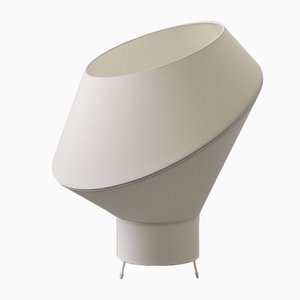
Tropical Noire Classical Gefäß von Simone Brewster

Maid Tisch von Simone Brewster
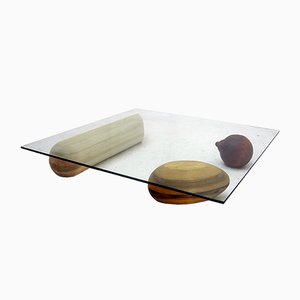
Supermodel Stuhl von Simone Brewster

Konischer Vanity Mirror von Simone Brewster

Blue Hour Throw von Merel Karhof und Yasmijn Karhof für the Textile Museum Tilburg

Shade Volume Dia 3 Stehlampe von Metel Karhof & Marc Troereau für ShadeVolume, 2016
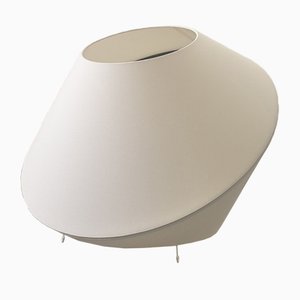
Midnight Gefäß von Tanya Gomez

Shade Volume Dia 1 Stehlampe von Merel Karhof & Marc Trotereau, 2016
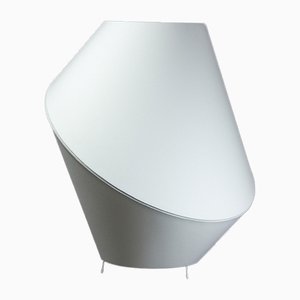
Gefäß in Gelb/Orange von Tanya Gomez
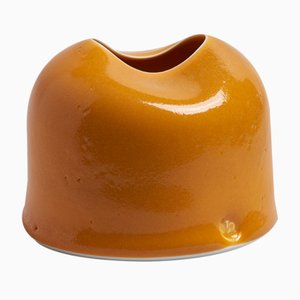
Gefäß in Orange/Rot von Tanya Gomez

Gefäß in Gelb von Tanya Gomez
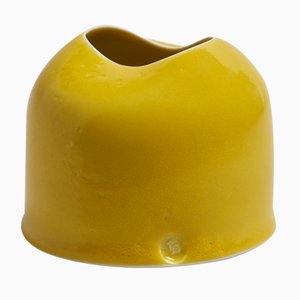
Kalkfarbenes Tischgefäß von Tanya Gomez

Seladon Gefäß von Tanya Gomez

Gefäß in Rot/Orange von Tanya Gomez

Gefäß in Orange/Gelb von Tanya Gomez

Sunclock #2 von Lina Patsiou
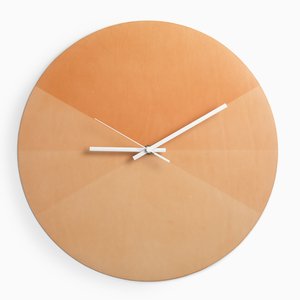
Sunclock #3 von Lina Patsiou

Sunclock #1 von Lina Patsiou
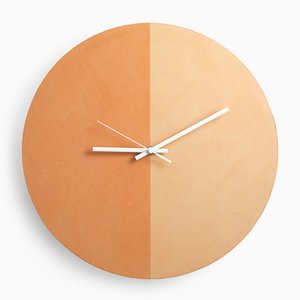
Forever Prototyp Tisch & Stuhl von Lina Patsiou, 2013

Looking Pewter Set von Liliana Ovalle, 3er Set
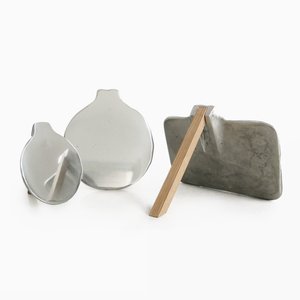
Cumulo Wassergläser Set von Liliana Ovalle
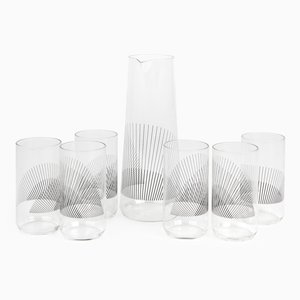
Stellar Tischlampe in Orange & Blau von Studio Furthermore
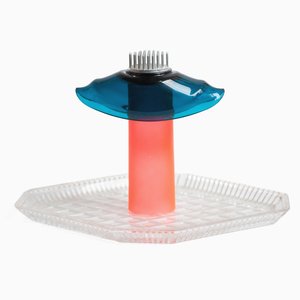

























 Gareth Williams, Senior Tutor
© Sussie Ahlburg
Gareth Williams, Senior Tutor
© Sussie Ahlburg
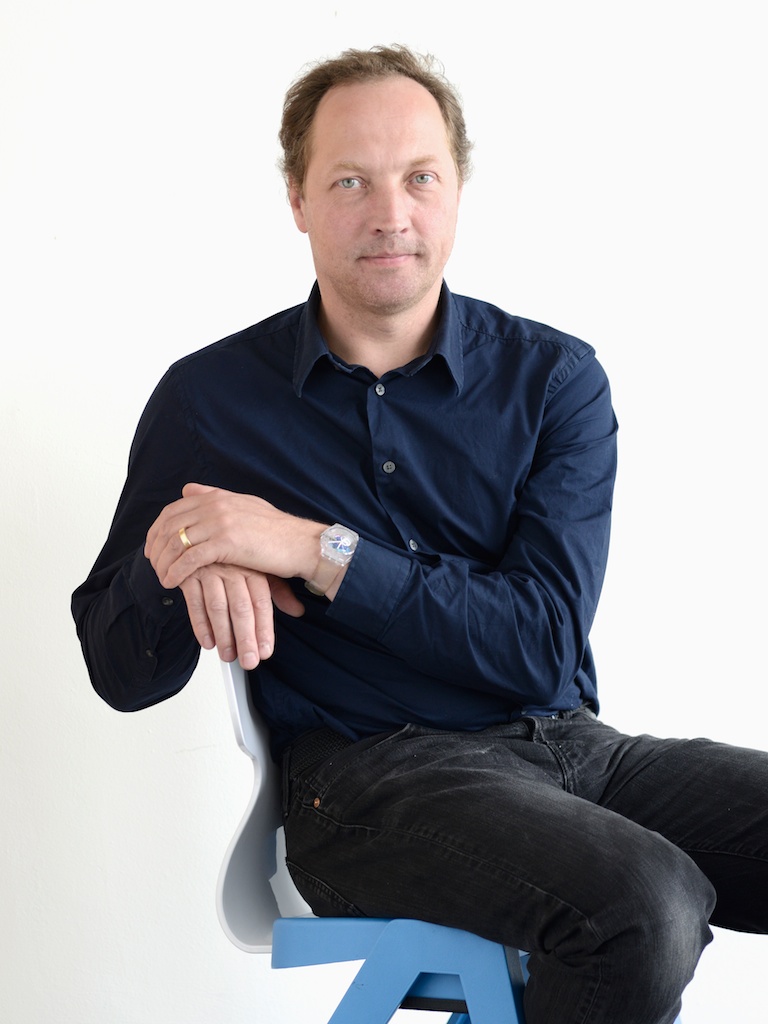 Tord Boontje, Professor
© Sussie Ahlburg
Tord Boontje, Professor
© Sussie Ahlburg
 Dr. Paul Thompson, Rector and Vice-Provost
© Sussie Ahlburg
Dr. Paul Thompson, Rector and Vice-Provost
© Sussie Ahlburg
